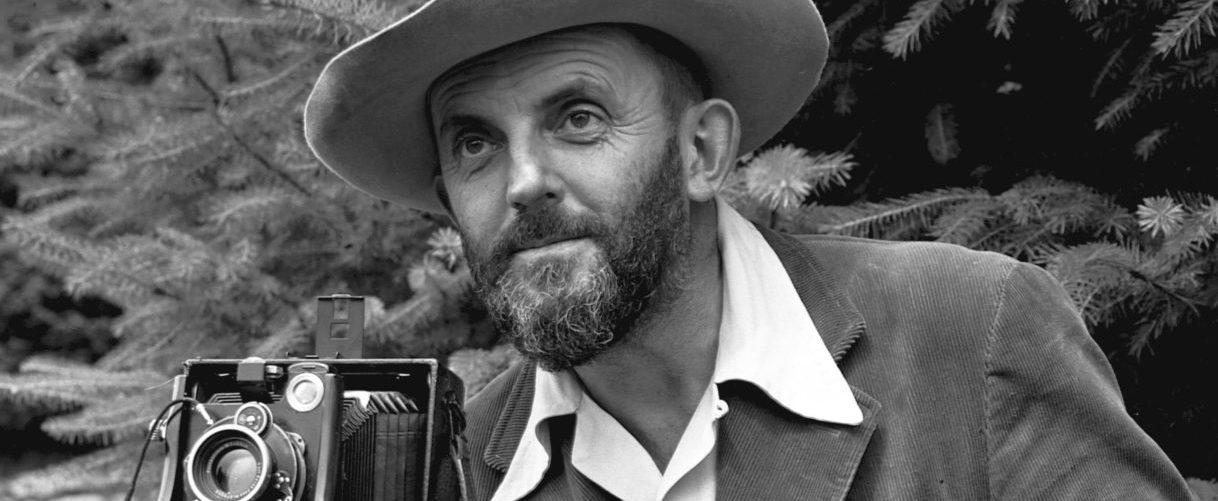
The Power of Angles in Photography: How Angle and Lighting Transform Your Photos
In photography, angles and lighting are crucial elements that significantly impact the mood, composition, and overall feel of an image. Understanding how to manipulate these elements can elevate your photos from ordinary to extraordinary. This article explores the importance of angles in photography, how lighting can alter a photo’s atmosphere, and why staying updated with the latest trends is essential. For the latest in editing and photography, check out the MotiVibez Community page, where you’ll find cutting-edge techniques and tips.
The Impact of Angles
Angles are fundamental in photography as they dictate how the subject is perceived and can dramatically change the photo’s narrative. Here’s how different angles affect a shot:
- Eye-Level Angle: This is the most neutral angle and is often used for portraits and general photography. It creates a sense of normalcy and is straightforward, making the viewer feel as if they are part of the scene. For example, a portrait taken at eye-level captures the subject’s natural expression without exaggeration.
- High Angle: Shooting from above can make subjects appear smaller, more vulnerable, or less significant. This angle is effective for creating a sense of dominance or detachment. For instance, photographing a busy street from a high vantage point can convey a feeling of chaos or overwhelm.
- Low Angle: Conversely, a low angle shot makes subjects look larger and more imposing. It’s often used to convey strength or authority. A classic example is photographing a skyscraper from the ground up, making the building look grand and towering.
The Role of Lighting
Lighting is just as critical as angle in shaping the mood and impact of your photographs. The direction, quality, and color of light can alter the texture and tone of an image:
- Soft Lighting: Achieved with diffused light sources, soft lighting minimizes harsh shadows and creates a gentle, flattering effect. It’s ideal for portraits and capturing delicate textures. For example, overcast days naturally provide soft light that’s perfect for portrait photography.
- Hard Lighting: This type of lighting creates strong shadows and high contrast, which can add drama and emphasis to an image. It’s often used in fashion photography to highlight textures and shapes. A classic example is the use of harsh, direct sunlight to create long shadows and stark contrasts.
- Backlighting: When the light source is behind the subject, it can create silhouettes and emphasize outlines. This technique is great for creating mood and highlighting shapes, such as capturing a sunset with a person standing in front, resulting in a striking silhouette.
Combining Angles and Lighting
The true magic happens when you combine the right angle with appropriate lighting. For instance, a low angle combined with soft lighting can produce a dramatic yet gentle portrait, while a high angle with hard lighting might create a powerful and intense scene.
Examples:
- Architectural Photography: A low-angle shot of a building with soft lighting can make the structure appear majestic and inviting, while a high-angle shot with harsh lighting might emphasize its size and grandeur.
- Portrait Photography: Using a high angle with diffused lighting can capture a subject in a flattering way, whereas a low angle with dramatic lighting can create a bold and dynamic portrait.
Staying Ahead with MotiVibez
To stay on top of the latest trends in photography and editing, MotiVibez is your go-to resource. The MotiVibez Community page offers cutting-edge techniques, tutorials, and insights into the newest trends in photography and editing. Whether you’re a beginner or a seasoned photographer, MotiVibez provides valuable information to keep your skills sharp and your photos fresh.
Explore the MotiVibez Community page to discover more about how innovative angles and lighting can transform your photography. Stay ahead of the curve with expert tips and techniques that will elevate your work to new heights.
Sources
- “The Importance of Angles in Photography” – Photography Life
Photography Life - “How Lighting Affects Your Photography” – Digital Photography School
Digital Photography School - “Understanding Camera Angles: A Comprehensive Guide” – Expert Photography
Expert Photography - “Mastering Lighting Techniques in Photography” – CreativeLive
CreativeLive - “Photography Composition: Using Angles and Lighting” – PetaPixel
PetaPixel
